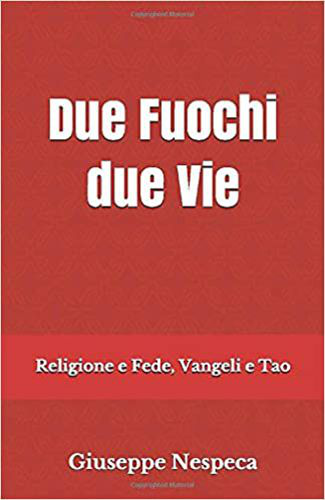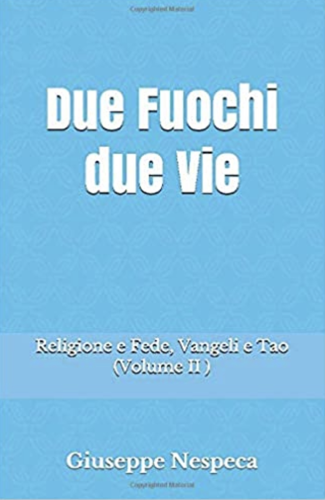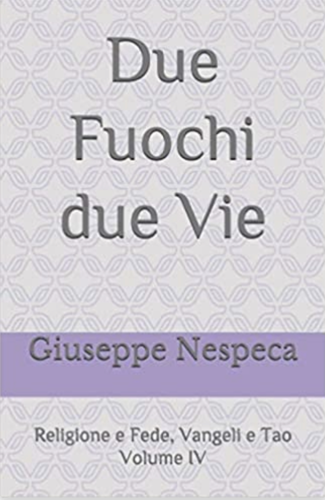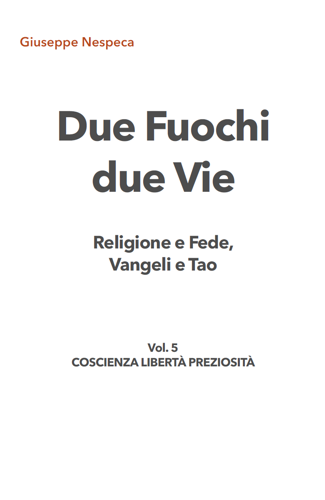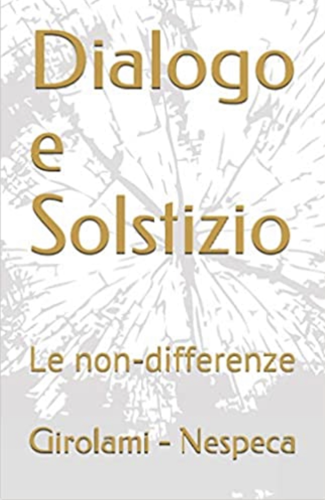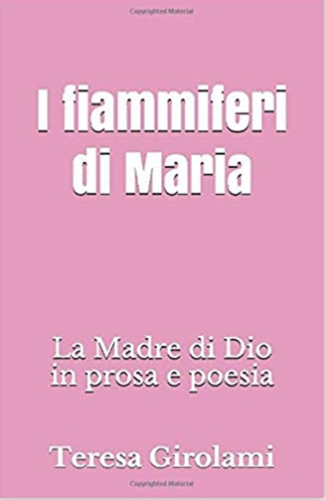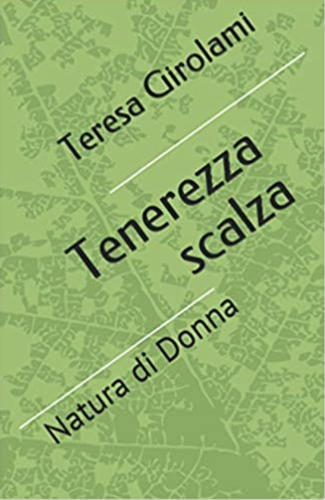Prayer is the living relationship of the children of God with their Father who is good beyond measure, with his Son Jesus Christ and with the Holy Spirit (cf. CCC 2565). Therefore the life of prayer consists in being habitually in God’s presence and being aware of it, in living in a relationship with God as we live our customary relationships in life, with our dearest relatives, with true friends; indeed the relationship with the Lord is the relationship that gives light to all our other relationships. This communion of life with the Triune God is possible because through Baptism we have been incorporated into Christ, we have begun to be one with him (cf. Rom 6:5).
In fact, only through Christ can we converse with God the Father as children, otherwise it is not possible, but in communion with the Son we can also say, as he did, “Abba”. In communion with Christ we can know God as our true Father (cf. Mt 11:27). For this reason Christian prayer consists in looking constantly at Christ and in an ever new way, speaking to him, being with him in silence, listening to him, acting and suffering with him. The Christian rediscovers his true identity in Christ, “the first-born of all creation” in whom “all things hold together” (cf. Col 1,15ff.). In identifying with him, in being one with him, I rediscover my personal identity as a true son or daughter who looks to God as to a Father full of love.
But let us not forget: it is in the Church that we discover Christ, that we know him as a living Person. She is “his Body”. This corporeity can be understood on the basis of the biblical words about man and about woman: the two will be one flesh (cf. Gen 2:24; Eph 5:30ff.; 1 Cor 6:16f.). The indissoluble bond between Christ and the Church, through the unifying power of love, does not cancel the “you” and the “I” but on the contrary raises them to their highest unity. Finding one’s identity in Christ means reaching communion with him, that does not wipe me out but raises me to the loftiest dignity, that of a child of God in Christ: “The love-story between God and man consists in the very fact that this communion of will increases in a communion of thought and sentiment, and thus our will and God's will increasingly coincide” (Encyclical Deus Caritas Est, n. 17). Praying means raising oneself to God’s heights, through a necessary, gradual transformation of our being.
Thus, by participating in the liturgy we make our own the language of Mother Church, we learn to speak in her and for her. Of course, as I have already said, this happens gradually, little by little. I must immerse myself ever more deeply in the words of the Church with my prayer, with my life, with my suffering, with my joy, and with my thought. It is a process that transforms us.
I therefore think that these reflections enable us to answer the question we asked ourselves at the outset: how do I learn to pray, how do I develop in my prayer? Looking at the example which Jesus taught us, the Pater Noster [Our Father], we see that the first word [in Latin] is “Father” and the second is “our”. Thus the answer is clear, I learn to pray, I nourish my prayer by addressing God as Father and praying-with-others, praying with the Church, accepting the gift of his words which gradually become familiar to me and full of meaning. The dialogue that God establishes with each one of us, and we with him in prayer, always includes a “with”; it is impossible to pray to God in an individualistic manner. In liturgical prayer, especially the Eucharist and — formed by the liturgy — in every prayer, we do not only speak as individuals but on the contrary enter into the “we” of the Church that prays. And we must transform our “I”, entering into this “we”.
[Pope Benedict, General Audience 3 October 2012]





